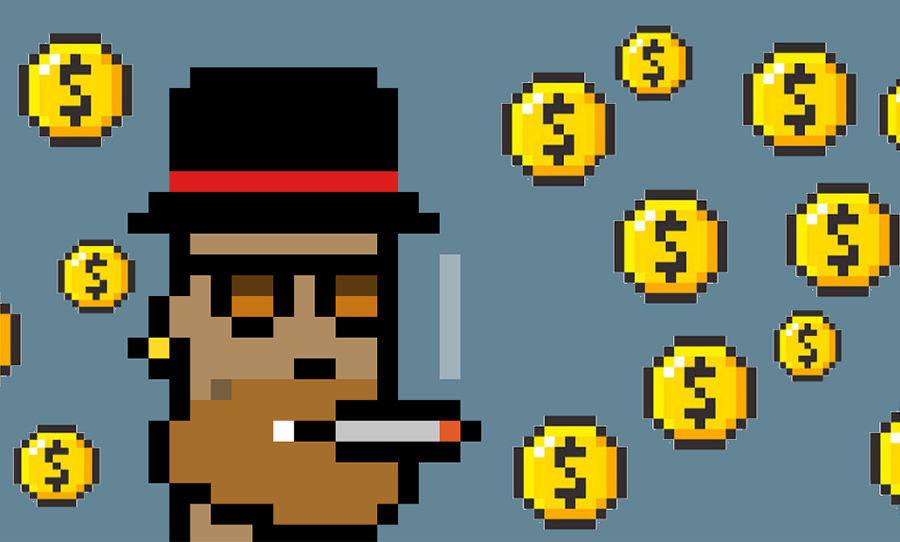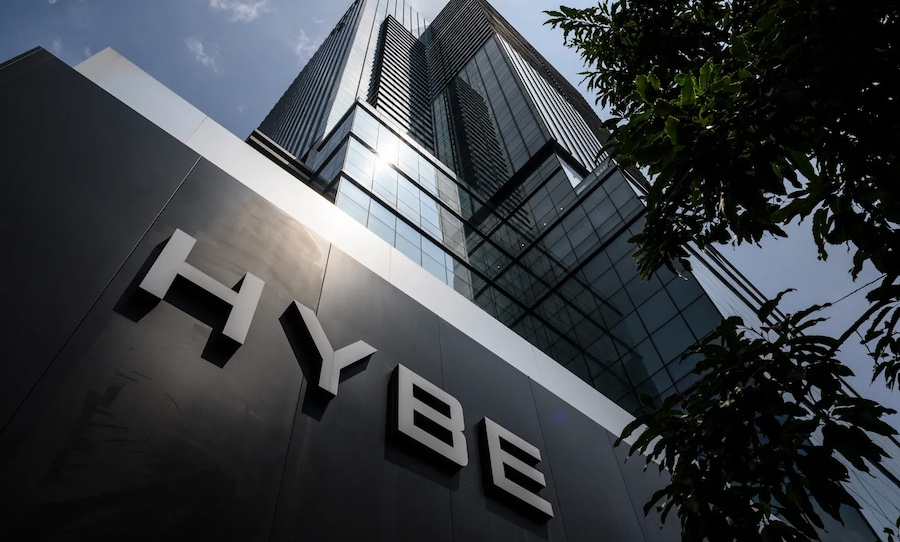As we dive deeper into 2021, we’re seeing the popularisation of NFTs. Artists are using it to sell their stuff, this could potentially be the future of distribution.
It’s 2021, and whilst we may not have flying cars and replicant robot-human hybrids, one of the most futuristic things we’ve seen are the forward leaps taken in Blockchain technology.
Through a complex series of mathematical computations, currencies like BitCoin and Ethereum have been able to provide new, safe and secure forms of online transfer, cutting out the middle man and changing the future of currency. It’s been a boon for the finance world — and we’ve recently it integrated into music distribution through NFTs. The future looks pretty exciting.

Now I’ll be the first to admit that I’ve been stumped by Blockchain for ages. Its somewhat abstract nature is only made less accessible by the programming savvy that you need to understand the technology turning its cogs.
So when Kings of Leon announced that they were releasing their new album as an NFT, it kind of slid to the back of my mind amidst the rest of the stock market buzz and crypto news that 2021 has been fixated on.
But after diving that extra layer deeper, and taking the time to understand what any of these buzzwords mean, at the centre is a somewhat undeniably exciting future for how we buy and sell online goods. Art being no exception.
The central figure we can see pushing this is Grimes, who recently sold $6 million worth of digital and audio artwork via Blockchain, auctioning each piece as an NFT, or a Non-Fungible Token. And here we run into our main roadblock: what the fuck does any of this mean?
Let’s break it down.

Blockchain
Put incredibly simply, a blockchain is a growing list of records that are encoded by long computer codes, ensuring its safety and inability to be decoded. Rather than use a currency that’s decided by a bank or government, the value within a blockchain is intrinsic to itself.
This means that it’s decentralised, and isn’t impacted by exchange rates or transfer fees. If you sell or lend something to someone, you receive that value right back directly into your account through the many available forms of blockchain currency (eg. Bitcoin) — and vice versa.
Fungible and Non Fungible
In currency terms, a fungible good is a good which can be interchanged for the same value as another, with cash being a good example of this: every 20 dollar bill will always have the value of 20 dollars. A non-fungible good on the other hand is a good which cannot be exchanged unless it is the original copy of the good, with artwork being a good example.
If you buy an artwork for 100 dollars, and then change your mind and sell that artwork back to the original dealer for 100 dollars, the dealer can repay you with a different 100 dollar note — you can’t repay him with a different copy of the painting.
Token
A token is an asset, or item on the blockchain that can be transferred with a variable value from person to person. This can be an ID badge from your workplace, a unique video game skin, or most relevantly, a one-of-a-kind piece of visual art.
Since these tokens exist on the blockchain, they can’t be duplicated or stolen — and their ownership can be traced back over its entire shelf life. Therefore if the first owner is the producer of the artwork, you can guarantee that the item is authentic.
Now let’s go back to Grimes.
View this post on Instagram
The WarNymph Collection Vol.1 was the collection of 10 artworks that she released. Each individual artwork existed as its own independent token, and whilst the final video/audio/picture files are very simple to replicate (as most digital art is), the ability to prove the authenticity of the items let art connoisseurs feel comfortable in dropping millions of dollars on these pieces. And this is the essence of an NFT.
While Grimes has breathed her characteristic air of exclusivity and pretentiousness to this form of online exchange, the reality of the situation is much more down to earth. Because blockchain currency is direct, all funds raised from an independent sale go directly to the creator of the token.
By dropping an album as an NFT, there are no Bandcamp fees, no label scooping off their 25%, no vig for the record store, and no question about who owns the original copy because the purchase history can be traced back via the chain. On top of this, they’re exchangeable. So if you want to swap one piece of artwork or album for another, you can do so digitally with no shipping times.
We’re seeing Kings of Leon drop deluxe editions of their new album as NFTs, which include a digital download, an exclusive vinyl copy (which will be sent to you), and extra digital material (whatever that means), for 50 dollars.
Whether or not they’re cashing in on a trend, is neither here nor there. The fact is that all the money raised from sales is going directly to them. It’s an object lesson for other artists: if you sell 100 copies at 50 dollars each, you’ll make 5 grand.
Are we going to see NFT’s pop off as the new viral way to release albums any time soon? Who knows. Blockchain is a pretty exclusive medium at the moment, with many confused as to how it even works. And as Spotify develops its market monopoly every month, it’s looking like they may still reign supreme for a while.
But I won’t be surprised if a couple of teens find this article in 45 years and crap themselves laughing because someone needed to explain what an NFT was.



